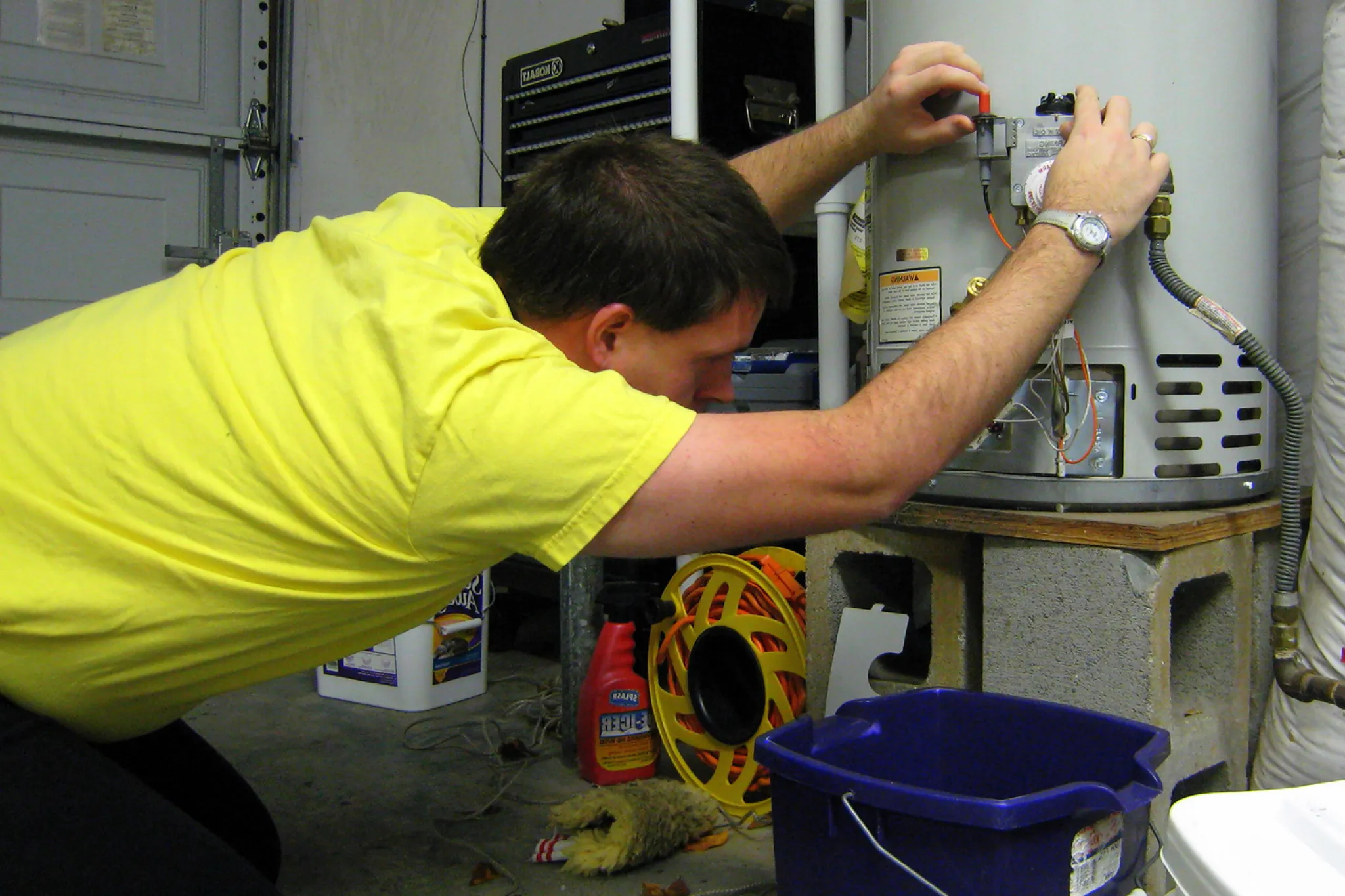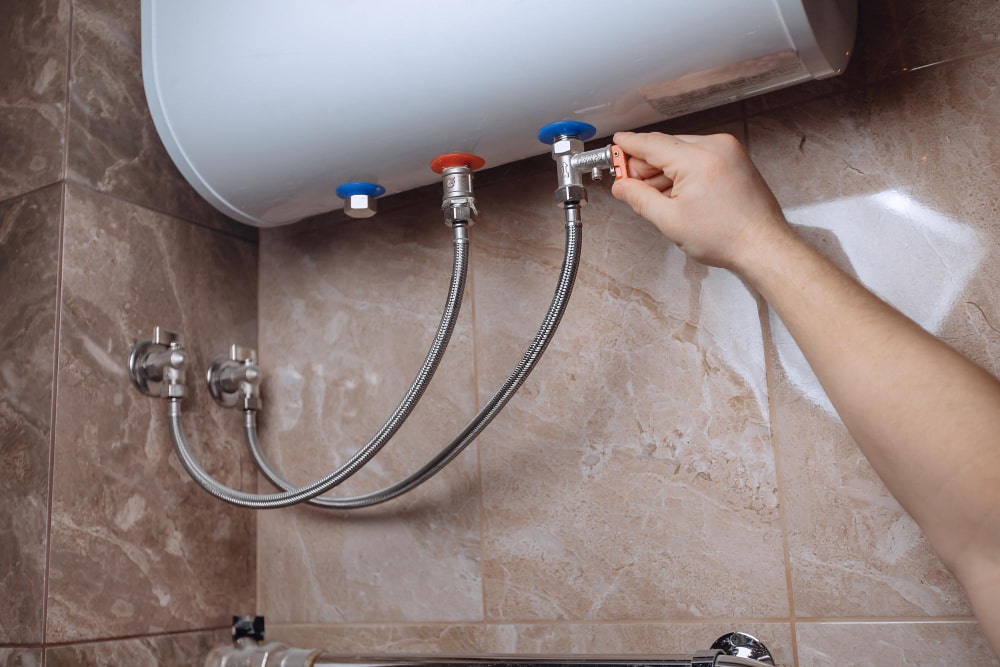Simple Ways to Maintain Your Home's Hot Water System Properly
Simple Ways to Maintain Your Home's Hot Water System Properly
Blog Article
What're your opinions about What Kind of Maintenance Do Water Heaters Need??

Warm water is crucial for daily comfort, whether it's for a revitalizing shower or washing meals. To guarantee your hot water system runs efficiently and lasts longer, normal maintenance is essential. This write-up provides functional pointers and understandings on just how to maintain your home's hot water system to stay clear of disruptions and expensive repair services.
Intro
Preserving your home's warm water system might seem complicated, however with a few easy steps, you can ensure it operates smoothly for several years ahead. This overview covers every little thing from comprehending your warm water system to do it yourself maintenance ideas and recognizing when to hire expert assistance.
Value of Keeping Your Hot Water System
Regular upkeep not only prolongs the life-span of your hot water system yet also ensures it runs efficiently. Ignoring upkeep can bring about lowered performance, greater power bills, and even premature failure of the system.
Signs Your Warm Water System Demands Upkeep
Recognizing when your hot water system requires focus can prevent major problems. Watch out for indications such as irregular water temperature level, odd sounds from the heating unit, or rustic water.
Purging the Hot Water Heater
Purging your hot water heater gets rid of debris accumulation, enhancing effectiveness and lengthening its life.
Monitoring and Changing Anode Rods
Anode poles avoid rust inside the tank. Evaluating and replacing them when broken is critical.
Complicated Issues Calling For Professional Assistance
Instances include significant leakages, electric issues, or if your water heater is consistently underperforming.
Regular Professional Upkeep Advantages
Professional upkeep can consist of extensive evaluations, tune-ups, and guaranteeing conformity with safety criteria.
Checking and Changing Temperature Setups
Readjusting the temperature settings ensures optimal performance and safety.
DIY Tips for Maintenance
You can perform several upkeep tasks on your own to keep your hot water system in leading condition.
Checking for Leaks
On a regular basis inspect pipelines and connections for leakages, as these can result in water damages and higher costs.
Comprehending Your Warm Water System
Before diving into upkeep tasks, it's helpful to recognize the basic elements of your hot water system. Typically, this consists of the water heater itself, pipelines, anode poles, and temperature controls.
Month-to-month Maintenance Tasks
Routine monthly checks can assist capture minor concerns before they intensify.
Checking Stress Relief Valves
Examining the pressure safety valve ensures it works appropriately and stops excessive pressure build-up.
Insulating Pipelines
Protecting warm water pipes lowers warm loss and can conserve power.
When to Call a Professional
While do it yourself upkeep is advantageous, some concerns need specialist knowledge.
Final thought
Normal maintenance of your home's hot water system is necessary for efficiency, longevity, and price savings. By complying with these ideas and recognizing when to seek professional assistance, you can make certain a trustworthy supply of warm water without unexpected disruptions.
Water Heater Maintenance: The Basics
Maintaining your water heater will ensure it operates efficiently and has a longer lifespan. Neglecting regular maintenance can lead to costly repairs and an even bigger chunk of your savings if you have to replace it sooner than necessary. But there’s good news: Most water heater maintenance tasks are relatively simple and easy for homeowners with basic DIY skills.
Flush the Water Heater
Over time, sediment and minerals can build up in the tank, reducing its efficiency and potentially causing damage. To flush the tank, turn off the power or gas supply, attach a hose to the drain valve near the bottom and open the valve to drain the water until it runs clear. Ideally, flush the tank annually.
Replace the Anode Rod
The anode rod is a sacrificial metal rod that helps prevent corrosion inside the tank. Inspect and replace it every three to five years or per the manufacturer's recommendation. To replace the anode rod, turn off the power or gas supply, drain a few gallons of water from the tank, unscrew the old rod and replace it with a new one. If the anode rod is significantly corroded or covered in calcium buildup, it's a sign the water heater may need to be replaced soon.
Tune-Up
A yearly tune-up can help identify potential issues and ensure your water heater operates at peak efficiency. This typically involves checking the thermostat, burner assembly (for gas heaters) and any other components specified by the manufacturer. During a tune-up, the technician may also clean the burner and adjust the pilot light (for gas heaters) or examine the heating elements (for electric heaters).
How to Maintain Your Water Heater
Insulate the tank. Insulating the tank can improve energy efficiency and reduce heat loss, saving you money on energy bills. You can purchase precut insulation blankets designed specifically for water heaters or use standard fiberglass insulation wrapped securely around the tank. Check the temperature. The recommended water temperature for most households is around 120 degrees Fahrenheit (49 degrees Celsius). Higher temperatures can increase energy costs and potentially cause scalding. Use a kitchen thermometer to check the temperature at the faucet nearest the water heater. Monitor water pressure. Excessive water pressure can strain the water heater and cause leaks or even tank failure. Install a pressure-reducing valve if necessary. The ideal water pressure range is between 60 and 70 PSI (pounds per square inch). Test the temperature and pressure (T&P) relief valve. The T&P relief valve is a safety feature that releases pressure if the tank gets too hot or the pressure builds up too high. Test it annually by lifting the lever and allowing a small amount of water to release. Replace the valve if it doesn't release water or reseal properly. Check for leaks. Regularly inspect the tank, pipes and fittings for leaks or corrosion. Deal with issues promptly to prevent further damage. Even a small leak can lead to significant water damage over time. Consider a tankless water heater. If your traditional tank-style water heater is nearing the end of its lifespan ( typically 10 years), consider replacing it with a tankless water heater. These units heat water on demand, reducing standby energy losses and potentially saving you money on your energy bills. Schedule professional maintenance. While homeowners can perform many water heater maintenance tasks, it's still a good idea to schedule professional maintenance every few years. A plumber or HVAC technician can thoroughly inspect the unit, identify potential issues and ensure it operates safely and efficiently. https://www.homeserve.com/en-us/blog/home-improvement/hot-water-heater-maintanence/

We had been guided to that report on How to Maintain a Hot Water Heater in a Few Simple Steps through a pal on a different web address. Liked our content? Please share it. Help someone else locate it. I am grateful for being here. Kindly check up our site back soon.
Services Report this page